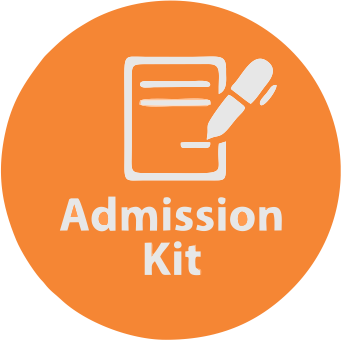In the realm of graphic design, creativity converges with technology to shape the visual landscape of our world. In today's digital age, the power of visual communication is more significant than ever before. From advertising and branding to web design and multimedia, graphic design plays a crucial role in capturing attention, conveying messages, and influencing perceptions. This program is designed to empower aspiring graphic designers with the skills and knowledge needed to excel in this exciting and rapidly growing field. Through a combination of theoretical coursework and practical hands-on experience, students will develop their artistic abilities, technical proficiency, and critical thinking skills to become competent graphic design professionals. By the completion of the Associate Degree in Graphic Design program, graduates will have acquired the knowledge, skills, and professional attributes necessary to embark on a successful career in the field of graphic design, contributing to the creative industries and meeting the demands of the ever-evolving visual communication landscape.
Program Educational Objectives (PEOs):
The Associate Degree in Graphic Design program aims to achieve the following Program Educational Objectives:
- Professional Readiness: Graduates will be prepared to enter the graphic design industry as skilled professionals, demonstrating proficiency in utilizing design software, understanding design principles, and effectively communicating ideas visually.
- Creative Problem-Solving: Graduates will possess the ability to analyze design problems, think critically, and develop innovative solutions by applying design principles, visual aesthetics, and effective communication strategies.
- Collaboration and Adaptability: Graduates will be able to work collaboratively in multidisciplinary teams, adapting to diverse working environments and effectively communicating and presenting design concepts and ideas.
Program Learning Outcomes (PLOs):
Throughout the program, students will achieve the following Program Learning Outcomes:
- Proficiency in Design Software: Demonstrate proficiency in using industry-standard graphic design software, such as Adobe Creative Suite (Photoshop, Illustrator, InDesign) or other relevant tools, to create and manipulate visual elements effectively.
- Research Methods: Students will develop knowledge and skills in psychological research methods, including study design, data collection techniques, statistical analysis, and interpretation of research findings.
- Design Principles: Apply fundamental design principles, including color theory, typography, layout, composition, and hierarchy, to create visually appealing and cohesive designs across various media platforms.
- Visual Communication: Communicate ideas, concepts, and messages effectively through visual means, employing appropriate design elements and techniques to convey information and evoke desired responses from the target audience.
- Technical Skills: Develop technical skills in areas such as image editing, vector illustration, page layout, digital imaging, and production techniques, to create high-quality graphic design projects.
- Critique and Feedback: Analyze and critique design work, both individually and in a collaborative setting, providing constructive feedback and utilizing feedback received to refine and improve design solutions.
- Project Management: Demonstrate effective project management skills by planning, organizing, and executing design projects within given timeframes, considering client requirements, budget constraints, and project objectives.
